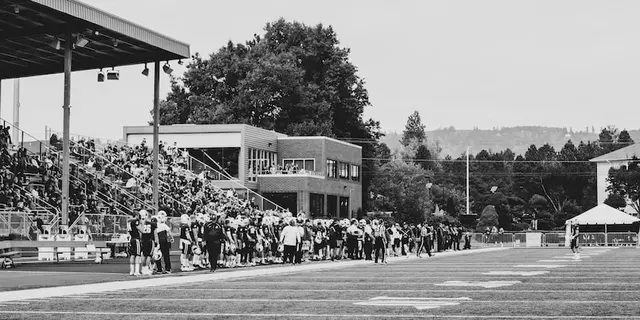Augusta National Golf Course: What Makes It So Special?
When you hear the name Augusta National, the first thing that comes to mind is the Masters – the most prestigious tournament in golf. But there’s more to the course than the green jacket. It’s a 18‑hole masterpiece that blends natural beauty with a brutally precise layout. For anyone coaching or playing in New York, understanding Augusta’s quirks can give you a real edge.
Quick History and Why It Matters
Founded in 1933 by Bobby Jones and Alister MacKenzie, Augusta National was built on a former strawberry farm in Georgia. Jones wanted a course that tested the best players without relying on sheer power. That philosophy still shows up today – strategic shot‑making beats raw distance.
The Masters started in 1934 and has been held at Augusta every year except during WWII. Over the decades, the course has stayed largely unchanged, but subtle tweaks – like the lengthening of holes 12 and 13 – keep it relevant for modern equipment. Knowing the evolution helps coaches explain why certain shots that worked a decade ago might not cut it now.
Coaching Tips Straight From Augusta
1. Play the angles, not the distance. Holes such as 11 (White Dogwood) and 15 (Firethorn) demand a precise line. Teach your players to aim for the safe side of the fairway, even if it means a longer approach. A well‑placed tee shot reduces the pressure on the short game.
2. Master the greens. Augusta’s greens are famously fast and subtly broken. Practice putting with a slight uphill bias – the majority of greens slope away from the hole. Drills that simulate the dramatic 10‑foot putts on the 12th green can improve confidence under pressure.
3. Embrace the mental game. The crowds, the tradition, the iconic “Amen Corner” – all of these can rattle a player. Use visualization exercises that picture the iconic pines and rose gardens. When a player can see the scene in their mind, the real‑world nerves drop.
For New York coaches, you can bring a slice of Augusta to your own practice facilities. Set up a short‑game area with a similar slope, use a target that mimics the famous Eisenhower Tree (now gone but still a mental reference), and run a mock “Masters round” where each hole’s difficulty is matched to an Augusta counterpart.
Whether you’re a beginner curious about golf’s most famous venue or a seasoned coach looking for fresh drills, Augusta National offers lessons that work on any course. Its blend of history, design, and relentless precision makes it a perfect case study for anyone serious about improving their game.
Kieran Lockhart, Apr, 12 2025
Bernhard Langer's Poignant Farewell at His Last Masters Tournament
Bernhard Langer, a celebrated golfer and two-time Masters winner, marked the end of an era at Augusta National, concluding his 41-year career with an emotional near-miss of the cut. At 67, surrounded by family, Langer reflected on the course's demands and embraced fond memories, preparing to return for future Champions Dinners despite missing the cut this time.
View More



